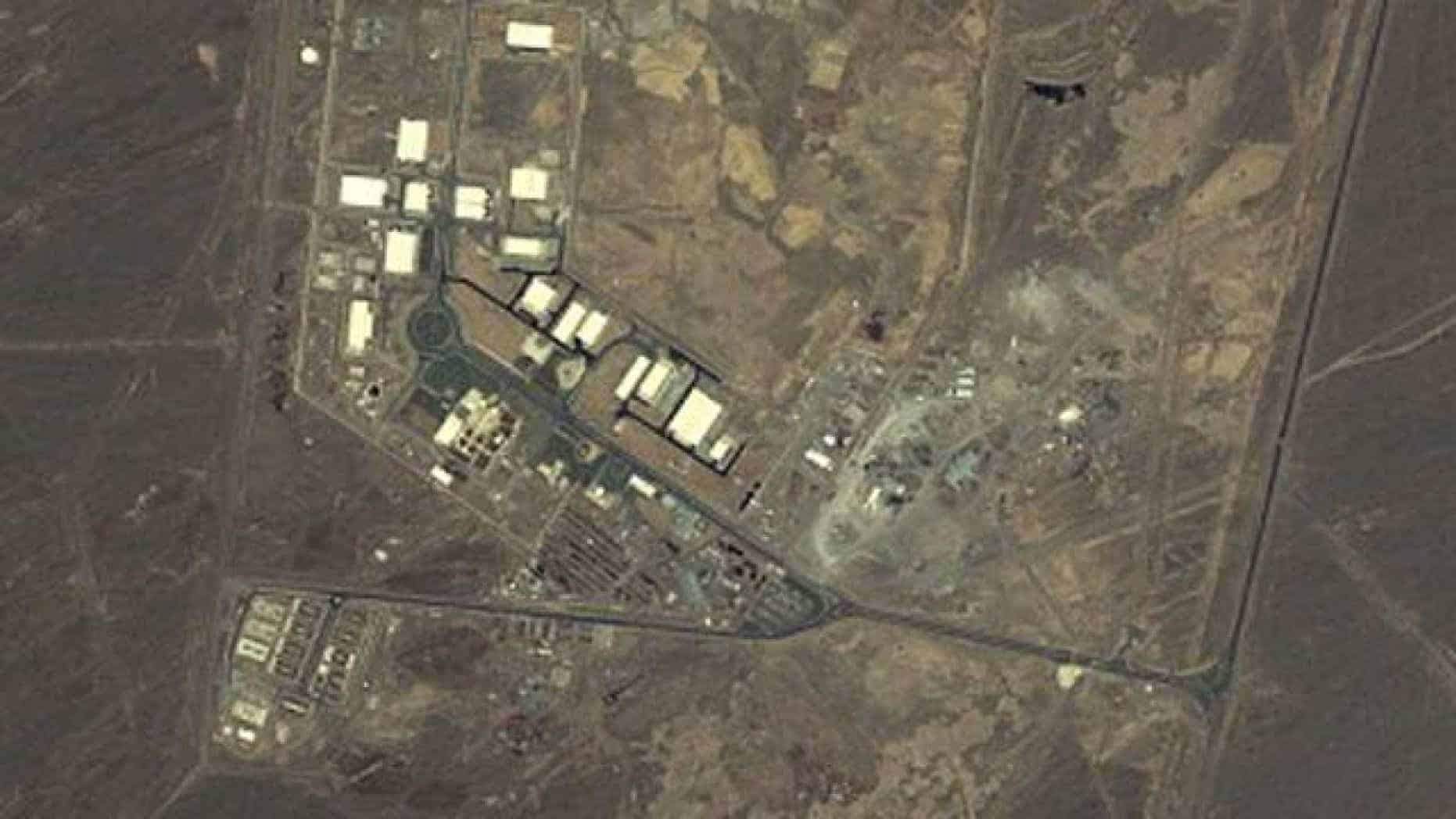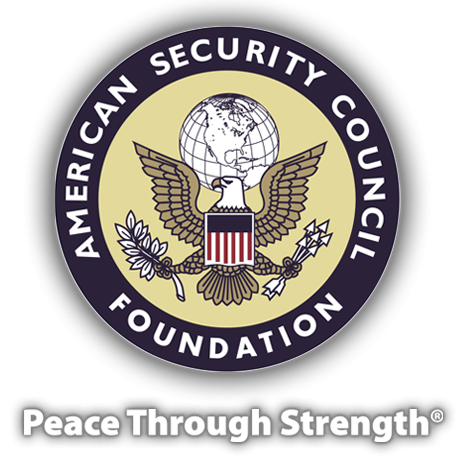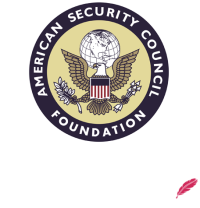‘Incident’ near Iran’s Natanz nuclear facility damages building

An “incident” damaged an under-construction building Thursday near Iran's underground Natanz nuclear enrichment facility, though it did not affect its centrifuge operations or cause any release of radiation, a spokesman said.
The affected building, described as an “industrial shed," was above ground and not part of the enrichment facility itself, said Behrouz Kamalvandi, a spokesman for the Atomic Energy Organization of Iran. The state-run IRNA news agency quoted Kamalvandi as saying there was “no need for concern” over the incident.
However, there was no previously announced construction work at Natanz, a uranium enrichment center some 250 kilometers (155 miles) south of the capital, Tehran. Natanz includes underground facilities buried under some 7.6 meters (25 feet) of concrete, which offers protection from airstrikes.
Natanz is among the sites now monitored by the International Atomic Energy Agency after Iran's 2015 nuclear deal with world powers. The IAEA did not immediately respond to a request for comment over the incident.
Natanz, in Iran’s central Isfahan province, hosts the country’s main uranium enrichment facility. There, centrifuges rapidly spin uranium hexafluoride gas to enrich uranium. Currently, the IAEA says Iran enriches uranium to about 4.5% purity, above the terms of the nuclear deal, but far below weapons-grade levels of 90%.
The U.S. under President Donald Trump unilaterally withdrew from the nuclear deal in May 2018, setting up months of tensions between Tehran and Washington. Iran now is breaking all the production limits set by the deal, but still allows IAEA inspectors and cameras to watch its nuclear sites.
However, Natanz did become a point of controversy last year as Iranian officials refused to allow an IAEA inspector into the facility in October after allegedly testing positive for suspected traces of explosive nitrates. Nitrates are a common fertilizer. However, when mixed with proper amounts of fuel, the material can become an explosive as powerful as TNT. Swab tests, common at airports and other secure facilities, can detect its presence on the skin or objects.
Photo: An “incident” damaged an under-construction building Thursday, July 2, 2020 near Iran's underground Natanz nuclear enrichment facility, though it did not affect its centrifuge operations or cause any release of radiation.











